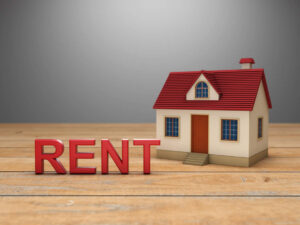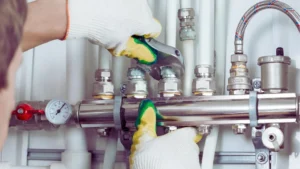
Radiant heating warms objects and people directly, standing in contrast to traditional systems that heat the air. These systems, especially in residential settings, vastly improve comfort levels while potentially reducing energy costs.
Moreover, radiant heating systems are known for their durability and quiet operation. Also, they eliminate the need for bulky and expensive ductwork. This makes them a perfect choice for old homes or for smaller spaces.
This article will go over exactly how radiant heating systems work, as well as what you need to know when opting for them.
To get set up with a system, consider radiant heating services in Missoula, MT.
Core principles
Unlike traditional heating systems that warm the air, radiant heat directly transfers warmth from a heated surface (such as floors or panels) to the people and objects in the room. This process is akin to the warmth one feels from the sun on a cold but sunny day.
The heat is emitted from the radiant heating system and then absorbed by objects and surfaces, which in turn radiate the heat back into the room. This method ensures an even distribution of warmth, eliminating cold spots and reducing the circulation of dust and allergens.
The efficiency of radiant heating lies in its ability to provide comfort at a lower thermostat setting, as the direct warmth is felt more intensely than convected heat, leading to reduced energy consumption and lower heating bills.
Maintenance and durability
One key advantage of radiant heating systems is their low maintenance requirement and notable longevity. They have fewer moving parts, especially when they are installed under the floors. This reduces the risk of breakdowns or the need for repair.
The lifespan of a well-installed radiant heating system can extend up to 35 years or more, significantly longer than the average lifespan of forced-air systems.
To maximize the efficiency and longevity of a radiant heating system, homeowners should engage in regular maintenance routines. This includes periodic checks by a qualified technician to ensure that the boiler or water heater powering the system is functioning efficiently.
Additionally, it’s important to keep the environment around the radiant heating elements free from obstructions that could block the heat flow, such as furniture or heavy rugs on heated floors.
Cost
The initial investment in radiant heating systems is generally higher than that in traditional heating methods. This is due to the complexities involved in the installation process, especially for in-floor systems that require significant labor and materials. However, this upfront cost is often offset by the long-term operational savings.
Radiant heating systems operate more efficiently than forced-air systems, as they provide direct warmth to the living space, minimizing heat loss. This efficiency translates into lower monthly heating bills, making radiant heating an economically sound choice over time.
Additionally, given their minimal maintenance requirements and long lifespan, the overall cost of ownership for a radiant heating system can be significantly lower than that of conventional heating methods.

Environmental impact
Radiant heating systems offer enhanced comfort and efficiency and excel in sustainability and environmental friendliness.
By directly heating objects and people, radiant heating minimizes heat loss to the surrounding air, leading to lesser energy consumption than conventional forced-air systems. Radiant heating is a more environmentally friendly choice for homeowners who are worried about their impact on the environment.
Furthermore, radiant heating systems improve indoor air quality by eliminating the need to blow air through ductwork. This significantly reduces the circulation of dust, allergens, and other pollutants within the home, creating a healthier living environment. Unlike traditional heating methods that can dry out the air, radiant heating maintains a more consistent and comfortable humidity level indoors.
Overall, the sustainability aspects of radiant heating, combined with its energy efficiency and positive impact on indoor air quality, make it an appealing option for eco-conscious homeowners seeking to reduce their environmental impact while enjoying a cozy and healthful home environment.




